E-commerce Growth
The rapid growth of e-commerce is a significant driver for the Home Care Packaging Market. As online shopping becomes increasingly prevalent, the demand for packaging that ensures product safety during transit is paramount. Packaging solutions must be designed to withstand the rigors of shipping while also appealing to consumers upon delivery. Data indicates that e-commerce sales have surged, with projections suggesting a continued upward trajectory. This shift necessitates innovative packaging designs that cater to the unique challenges of online retail, such as minimizing damage and enhancing unboxing experiences. Companies that adapt their packaging strategies to meet the needs of e-commerce are likely to thrive in the competitive landscape of the Home Care Packaging Market.
Sustainability Initiatives
The increasing emphasis on sustainability is a pivotal driver for the Home Care Packaging Market. Consumers are becoming more environmentally conscious, leading to a demand for eco-friendly packaging solutions. This trend is reflected in the rising use of biodegradable materials and recyclable packaging options. According to recent data, the market for sustainable packaging is projected to grow significantly, with a compound annual growth rate of over 5% in the coming years. Companies are responding by innovating their packaging processes to reduce waste and carbon footprints. This shift not only meets consumer expectations but also aligns with regulatory pressures aimed at reducing environmental impact. As a result, businesses that prioritize sustainability in their packaging strategies are likely to gain a competitive edge in the Home Care Packaging Market.
Technological Advancements
Technological advancements are reshaping the Home Care Packaging Market, driving innovation and efficiency. The integration of smart technologies, such as QR codes and NFC tags, enhances consumer engagement and provides valuable product information. These technologies allow brands to connect with consumers in real-time, offering insights into product usage and sustainability practices. Furthermore, automation in packaging processes is streamlining production, reducing costs, and improving quality control. The adoption of advanced materials, such as lightweight plastics and multi-layer films, is also on the rise, contributing to better product preservation and shelf life. As these technologies continue to evolve, they are expected to play a crucial role in shaping the future of the Home Care Packaging Market.
Consumer Preferences for Convenience
Consumer preferences for convenience are driving changes in the Home Care Packaging Market. Busy lifestyles have led to a demand for packaging that is easy to use, store, and dispose of. Products that feature resealable, single-use, or portion-controlled packaging are gaining popularity, as they align with the needs of modern consumers. This trend is particularly evident in the cleaning and personal care segments, where convenience can significantly influence purchasing decisions. Market data suggests that products with user-friendly packaging are more likely to attract consumers, thereby boosting sales. As manufacturers respond to these preferences, the Home Care Packaging Market is likely to see a shift towards more innovative and practical packaging solutions.
Regulatory Compliance and Safety Standards
Regulatory compliance and safety standards are critical drivers in the Home Care Packaging Market. Governments and regulatory bodies are increasingly implementing stringent guidelines to ensure consumer safety and environmental protection. This has led to a heightened focus on packaging materials and processes that meet these standards. Companies must invest in research and development to create packaging that not only complies with regulations but also addresses consumer concerns regarding safety and sustainability. The need for compliance can drive innovation, as businesses seek to develop new materials and designs that fulfill regulatory requirements. As the landscape of regulations continues to evolve, the Home Care Packaging Market will likely experience ongoing changes in packaging practices to ensure adherence to safety and environmental standards.
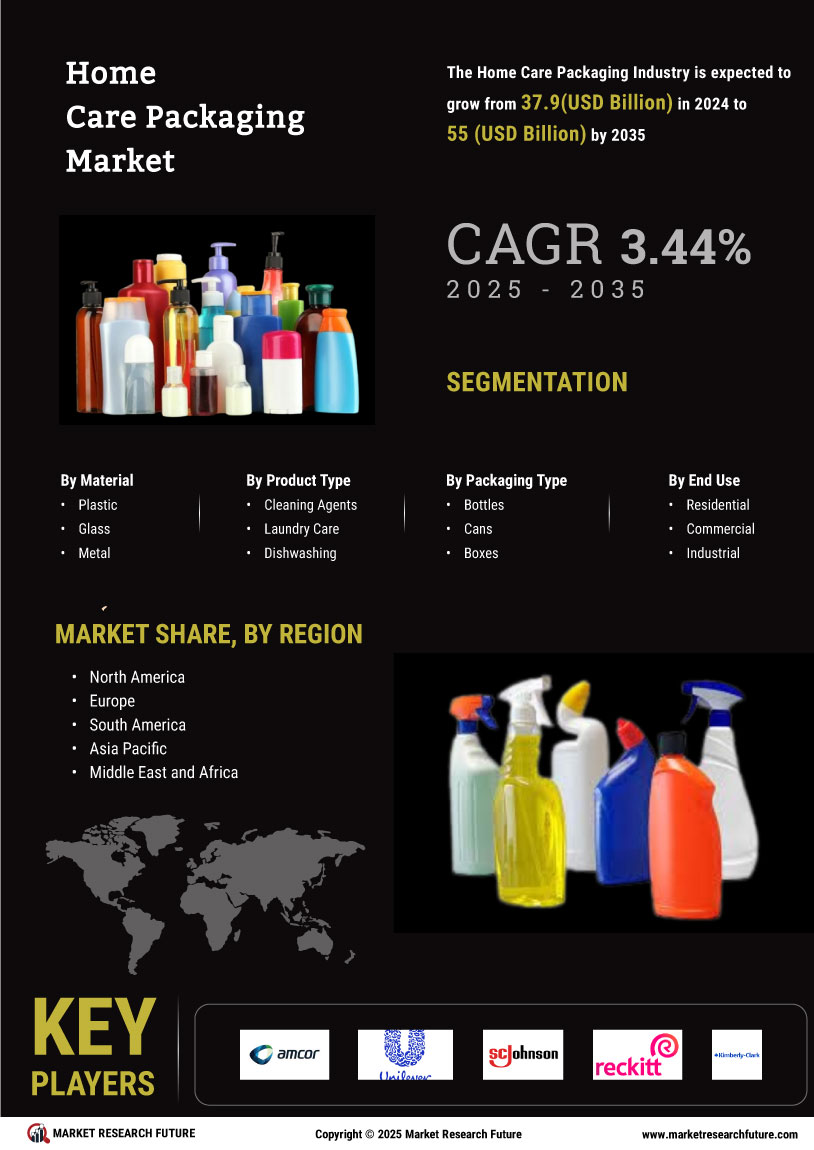

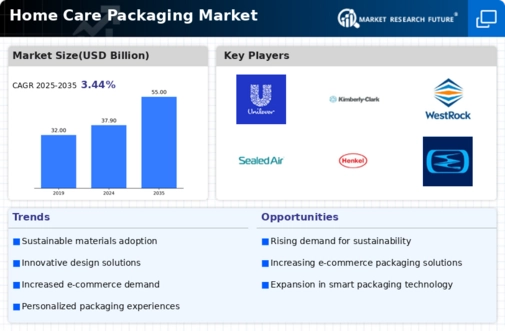

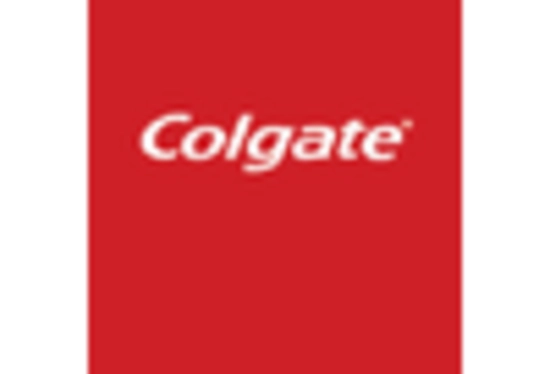


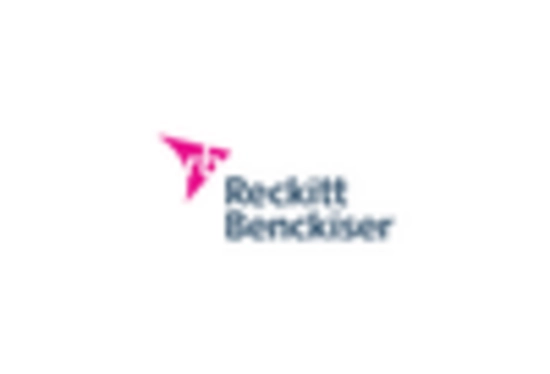
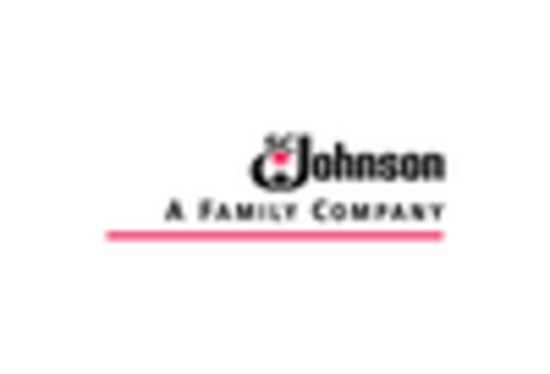









Leave a Comment